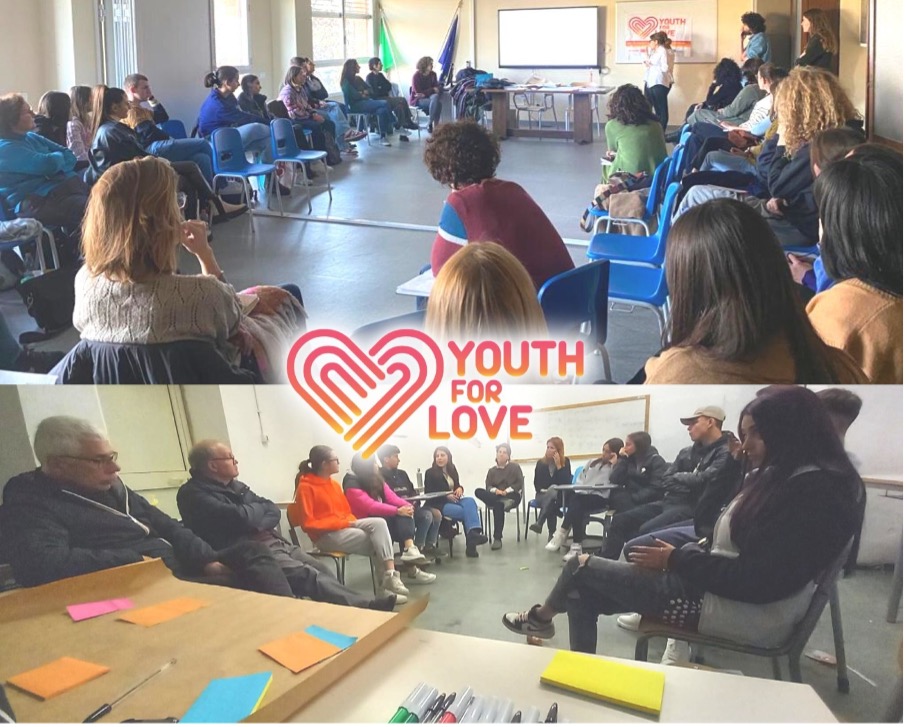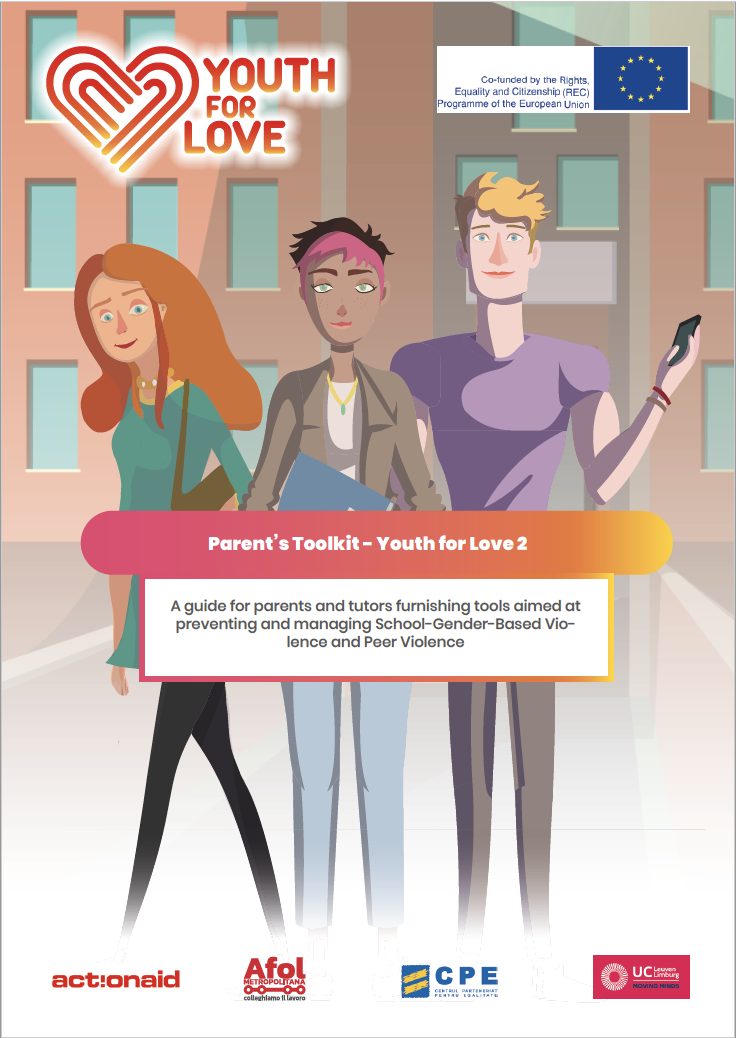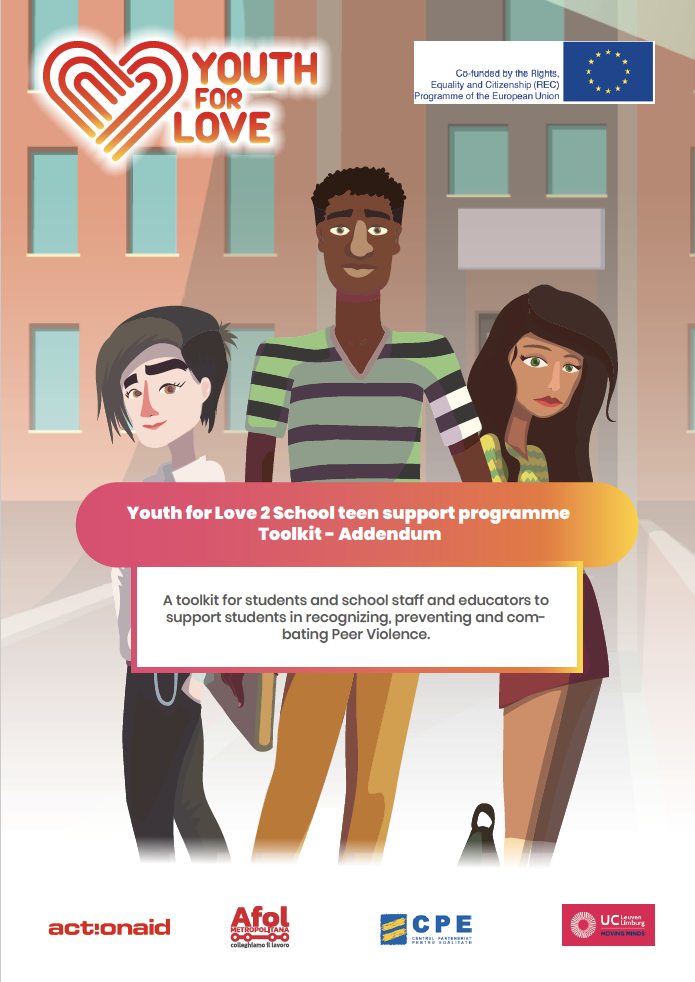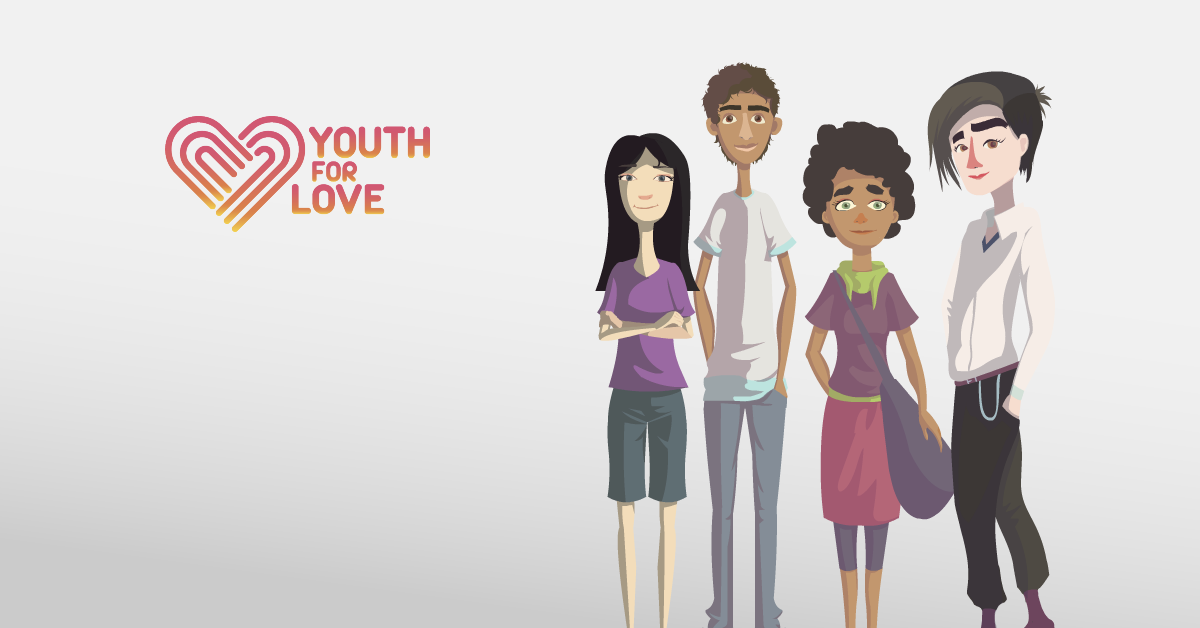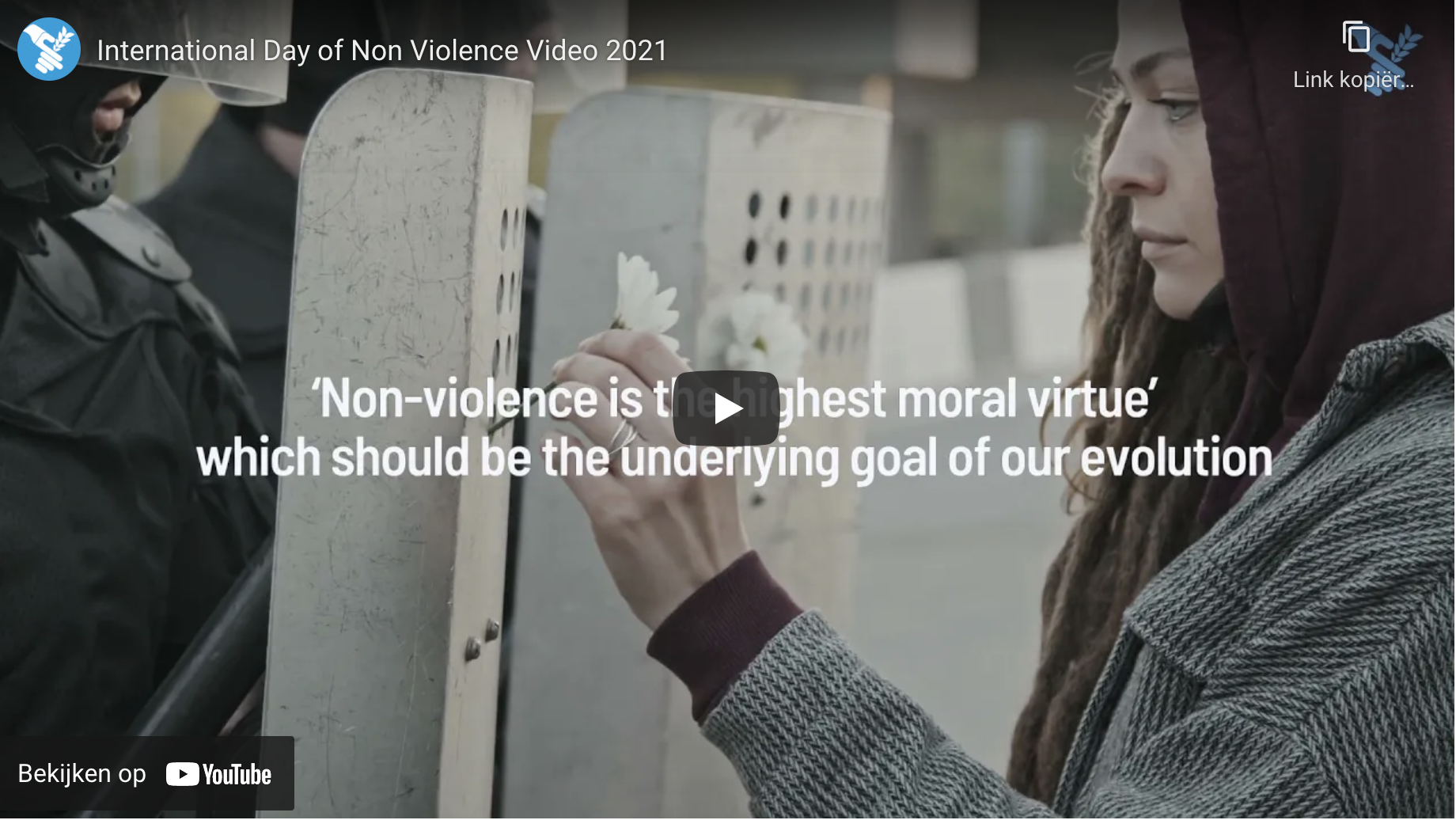YOUTH FOR LOVE2: It’s time for COMMUNITY WORKSHOPS
The educating community tunes in, the students take the stand Last year, the students involved in the activities of the project, undertook a path of training and awareness on issues related to the prevention and combating of gender-based and peer-to-peer violence at school. In this second year of the project, the students’ work focuses on their activation inside and outside the school, hence in the educating community, to advance activities of prevention and combating gender-based and peer-to-peer violence among adolescents. Since last year, in Italy the project has been implemented in the cities of Milan and Rome. In the last few months, community workshops were held, where students collectively presented to representatives of the educating community the first results of their work of the last two years. Boys and girls shared the results of their research concerning the perception of the educating community towards the phenomenon of gender-based and peer-to-peer violence. After this presentation, which in both cities brought interesting results, the participants were divided into working tables in which they tried to think about how youth leadership can prevent and combat gender-based and peer-to-peer violence at school and on the ground. From this moment of discussion and reflection there was a very strong need to: training and awareness-raising activities for teachers, school staff, parents and students on the theme of gender-based and peer-to-peer violence that can be taught by the students themselves with the support of institutions and associations of the educating community working daily to prevent and combat this phenomenon; school as a training ground for democracy, a safe space for all, in which the voice of young people is heard and considered, a place capable of protecting and welcoming diversity, all with the approval of protocols and procedures for preventing and combating gender-based and peer-to-peer violence; physical and non-physical spaces allowing students to express themselves, find themselves, discuss, share, design, propose and participate; lively spaces that are safe for all, suitable for all and that respect and welcome diversity. Based on these points, the students of the schools involved will work in this month on the development of campaigns and advocacy actions with the aim of achieving common ground for the prevention and contrast of gender-based and peer-to-peer violence not only within their school, but also in the educating community in which they are part of.





